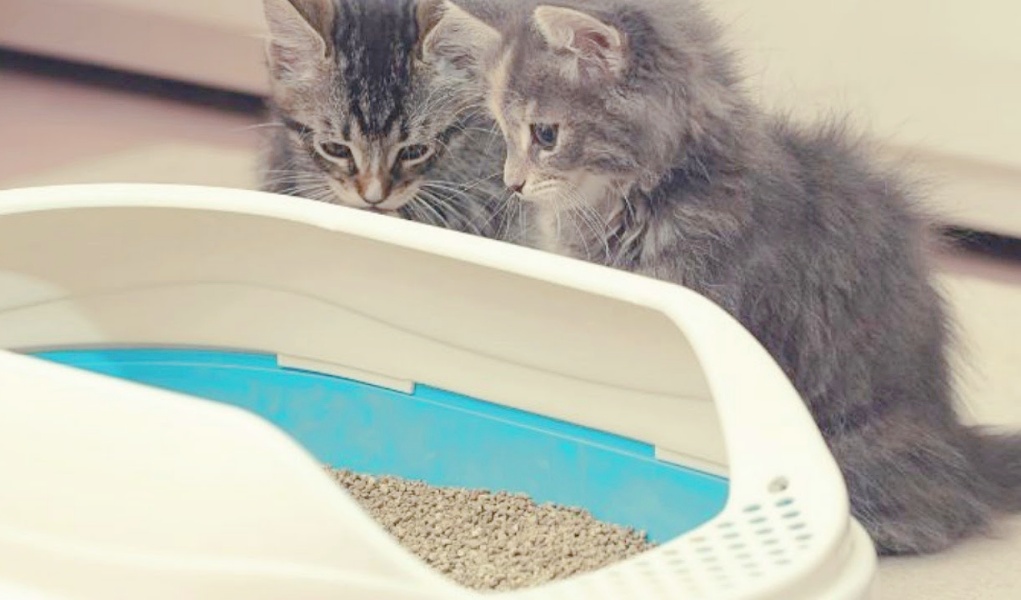Cats are known for being a fairly low maintenance pet. Oftentimes the biggest worry of new cat owners is how they are going to get their cat to use a litter box. Wether you're working with a kitten or an adult cat, these tips for litter training a cat will make the process smoother and more effective.
Adult cats will naturally look for a sandy/granular area to use the bathroom. It’s their natural instinct to use an area like this for the bathroom, so they can cover their urine or feces when they are done. For this reason, you probably won't need to do much training at all.
Kittens can begin to be litter box trained around the age of 4 weeks old. If you are adopting a kitten, you won't bring them home until they're about 8 weeks old. They may already be trained to use litter, but if not, it won't be hard to teach them.
6 Tips for Litter Training A Cat
1. Choose the best size
Adult cats and older kittens can use a standard size litter box. However, young kittens could be intimidated by a larger litter box.
If you’re litter training a small kitten, I would recommend getting a litter box that is no larger than a 13” x 9” inch baking pan. For older kittens and adult cats, you should choose a litter box about 1.5 times their length.
2. Uncovered boxes are the best to start with
It’s not natural for a cat to climb in a covered area to use the bathroom. In the wild, they would be vulnerable if they did such a thing. I recommend using an uncovered litter box, but if you need to use a covered box, you should at least start with an uncovered box and transition your cat to covered litter box once he has the hang of using the litter.
3. Don’t hide the litter box
Some pet owners want to put the litter box in a bathroom, closet or other small area. This goes along with covered vs. uncovered boxes. Cats don’t want to feel trapped or corned when using the bathroom, so placing the box in a hidden area may cause your cat to avoid using it.
SIMILAR: Can Multiple Cats Share A Litter Box?
4. Be consistent
Your cat will need to be placed in the litter box frequently when he’s learning to use it. Place him in the box every 30 minutes until he uses it. For the first few days of training, place him in the box within 20 minutes of eating or drinking.
He will naturally begin to paw around in the litter, even if he doesn’t go. Eventually, he will realize that this is a safe place to use the bathroom.
5. Keep the litter box clean
Many cats are finicky about using a dirty litter box. You will need to scoop the box daily. You should also dump out all the litter, wash the litter box and refill it with fresh litter once every 2 weeks.
6. Change the type of litter if your cat isn’t using it
If your cat isn’t using the litter box within a day or two, it could be because he doesn’t like the type of litter that you’ve selected. Most cats prefer fine-grain litters.
Your cat may not clumping litter or have an issue with clay litters that produce a lot of dust. Try a different type of litter. You may even need to try multiple types before you find one that your finicky kitty approves of.
READ NEXT: How To Introduce Cats To Each Other – A Step-by-Step Guide














